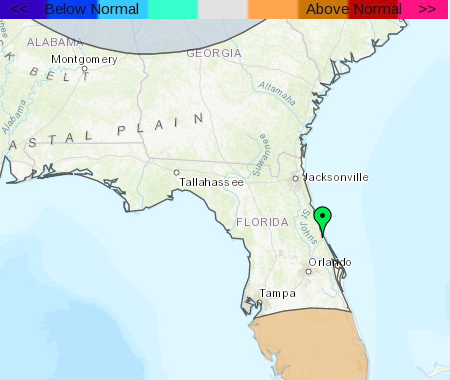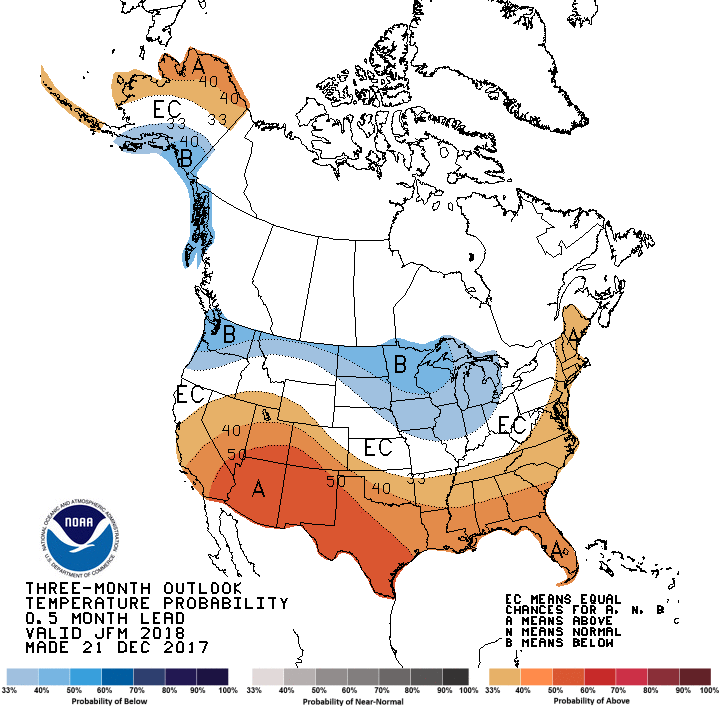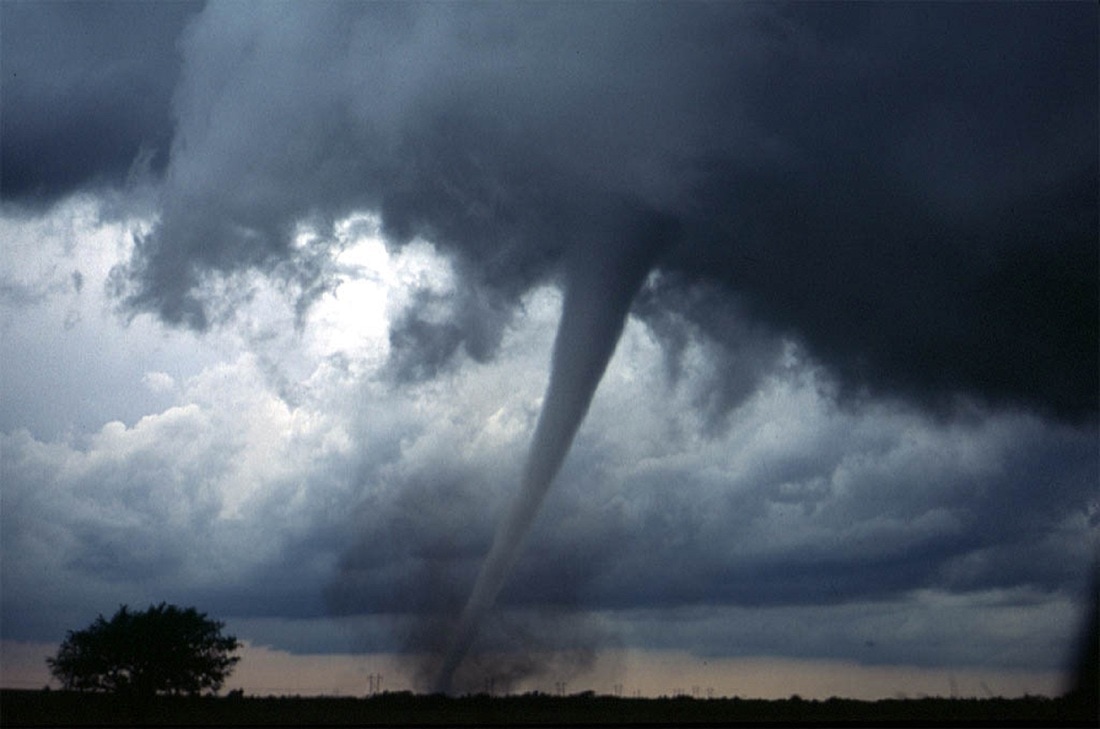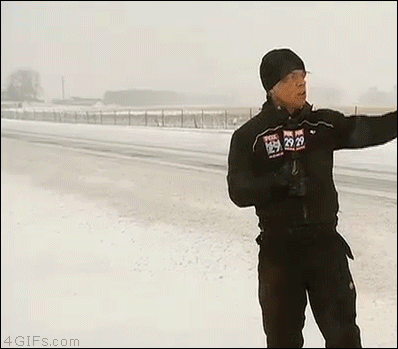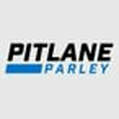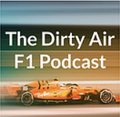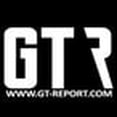To begin, I’ll look at the atmosphere on Saturday night.
|
By: Stephen McCoy For the past three races of the Rolex 24 hours of Daytona, there’s been periods of rain that have been bothersome to teams, drivers, track officials, and fans. But the rain seen at the 2019 iteration stands out from the previous two years. A veritable deluge of precipitation began in the 4:00-5:00 hour on Sunday and refused to let up, causing IMSA to call the race ten minutes before the conclusion of 24 hours after two red flag periods with multiple full course yellows in between. The question though is why all the rain? What made this year’s weather conditions so different than those seen recently?
To begin, I’ll look at the atmosphere on Saturday night. By Doug Schneider The 2019 racing season is almost upon us, and we're excited to bring you another year of weather forecasts! You can check out the full schedule of race forecasts that we have planned for the year in the 2019 Schedule link at the top of the page. There may be some additional races to be added later, depending on whether we can find sponsorship (and if you're interested in sponsoring our forecasts, click on the Contact link at the top of the page). During January, February, and March, the season openers for all the major North American racing series take place in Florida. Around this time each year, I take a look at the long term outlook for Florida as forecast by the Climate Prediction Center. These guys are the experts at long term forecasting on time scales from a week to several months, so the graphics you see below are taken directly from them. If you'd like to learn more about what goes into making a long term forecast, see this post I wrote a few years ago. Water temperature at the ocean surface is a big factor in predicting the long term weather patterns. Perhaps the most significant and well known ocean temperature anomaly is the El Niño-Southern Oscillation (ENSO) cycle (for more info about El Niño, click here). It affects the location of the jet stream across the Pacific Ocean, which in turn affects the track of low pressure systems across the United States. The change in the typical tracks of storms can cause increased precipitation across California and the southern U.S. While long term forecasters cannot say exactly how much rain will fall or how warm/cold temperatures will be, knowing if there will be an El Niño can help forecasters determine whether precipitation and temperature is likely to be above or below normal over a period of several months in a certain area. The CPC is expecting a weak El Niño through the rest of the winter and into the spring. When there is an El Niño, the southeastern United States tends to have a higher likelihood of above normal precipitation. The image below shows that Daytona Beach is located in the area that has a 50% chance of seeing above normal precipitation during January, February, and March. The three-month temperature forecast below shows Daytona Beach in an area where there are equal chances of above or below normal temperatures. This means that the the predicted atmospheric pattern does not give a clear signal of whether temperatures or precipitation will be above or below normal. However, it is interesting to note that the southern half of Florida (including Sebring) has a low chance (about a 36% chance) of above normal temperatures. Another way to visualize these outlooks is by using a pie chart. There are three categories of what could happen with temperature and precipitation - above normal, below normal, or near normal. Splitting the pie equally would give about a 33.3% chance of each. Below is the three category outlook for Daytona Beach. The top pie chart tells us that there's a nearly equal chance of above, below, or near normal temperatures at Daytona in January, February, and March. Honestly, that doesn't tell us very much. However, the bottom pie chart of precipitation tells us that there is a 50% chance of above normal precipitation. The "above normal" slice of the pie is the largest slice, so it is the most likely outcome of the three.
The normal amount of rainfall at Daytona Beach during January, February, and March is 10.05 inches. The outlook is telling us that the amount of rainfall during the same period in 2019 is likely to be more than that. It does not tell us how much more, or when the rain is going to occur. It is possible that every day of racing in Florida could be dry, and yet this outlook would still be accurate. That's the extent of what meteorologists can tell about the weather this far out in advance. You will probably see forecasts out there that show the exact temperature and rain chance for a specific day weeks in advance, but don't take those forecasts too seriously. Those type of forecasts are going beyond the limits of what science can tell us with reasonable confidence. By: Stephen McCoy No major changes in the forecast for this weekend's race at Circuit of the Americas, though the models are still showing a wide range of temperatures for the high on Sunday. Confidence is not high for the temperature as a result of the model spread. In addition, timing of the high is uncertain, but looks increasingly like it will occur in the morning due to the cold front moving in and dropping temperatures for the rest of the day. The SREF plumes ensemble spread shows a mean temperature around 50F on Sunday, though with very low confidence as not a single member matches the mean line. The 06Z and 12Z GFS model runs (blue lines) show a spike in temperatures on Sunday as the model shows the front passing in the afternoon, allowing temperatures to warm from daytime heating. However, the 06Z and 12Z runs of the NAM (red lines) show the front passing in the morning, with cold air moving in from the north behind the front. Daytime heating still occurs in the NAM runs, but the effect occurs hours after the front has passed.
By: Stephen McCoy The forecast for the DXC Technology 600 still looks hot and windy for both days of on-track action. If you are planning on being at the track at any time this weekend, be sure to stay hydrated as conditions are expected to be very hot.
In the upper levels, a high pressure ridge has set-up over the southern Great Plains and will likely remain stationary through the end of the week. In the lower levels and at the surface, southerly winds will bring in moisture to the area from the Gulf of Mexico. Surface winds will be around 12-15 mph due to a surface low pressure system moving into northern Oklahoma; winds are likely to gust over 20 mph due to low level and surface winds both coming from the south. Conditions are expected to start partly cloudy on Friday as the tops of some strong thunderstorms in western Texas will reach the Dallas-Fort Worth are overnight. Once daytime heating and the low and mid-level winds begin to erode the cloud cover, conditions will clear and allow for lots of sunshine to heat things up. Temperatures will reach the mid to upper 90’s with heat index values approaching 100. Similar conditions are expected on Saturday, albeit a little warmer than Friday. With this forecast, I’ve also included a chart from iWeatherNet showing heat index values when looking at the air temperature. The temperatures in the highlighted box are values that are likely be seen on Friday and Saturday. If you want more information on heat index, be sure to follow the link below. http://www.iweathernet.com/educational/heat-index-calculator-and-conversion-table By Doug Schneider - @Race4caster The start of the 2018 racing season is almost here! The seasons for IMSA, NASCAR, Trans Am, Pirelli World Challenge, and IndyCar all open in the state of Florida during January, February, and March. So I decided to take a look at what the long term weather outlook is for those months. A couple years ago, I wrote a post about long term weather forecasting, and I encourage you to take a look at that to get a better idea of what goes into making a long term forecast, and what the limitations are. It's foolhardy to try and pinpoint specific details about the weather more than 10 days in advance, but it is possible to predict the general weather pattern and the likelihood of temperature and precipitation being above or below normal. The Climate Prediction Center has forecasters that make monthly and seasonal forecasts, and I will be using their forecasts here. One important factor in making a long term forecast is to know what the ENSO cycle will do. What's ENSO, you ask? It stands for El Niño-Southern Oscillation (for more information about it, see this post). Whether there is an El Niño or a La Niña in the Pacific will have an impact on the dominant position of the jet stream, which impacts the weather pattern across North America. Currently, La Niña conditions are observed in the Pacific, which is expected to persist through the winter. What does that mean for Florida? Typically, La Niña conditions produce warmer-than-normal temperatures and drier-than-normal conditions across Florida during the winter: As a result of the La Niña conditions likely continuing through March, the forecasters at the Climate Prediction Center are expecting temperatures above normal (left image) and precipitation below normal (right image) for Florida in the Jan-Feb-Mar time frame (click it to big it): The color scales at the bottom of the images are essentially confidence levels. So for example, the more confident the forecaster is that below normal precipitation will occur for those three months, the higher the probability on the color scale (darker brown). Daytona is the the 40-50% probability area for above normal temperatures, and in the 50-60% probability area for below normal precipitation. Here's another way to think of it. There are three equal possibilities - conditions near normal, above normal, or below normal. So this is what the forecast above looks like visualized as a pie chart for Daytona: - Visually, that makes more sense to me. Of the three possible outcomes, the most likely is that temperatures will be above normal (42% chance), and precipitation will be below normal (59% chance).
While this forecast is no guarantee of warm and dry race weekends, I'd say it is good news for race fans who plan to attend these events in Florida. Keep in mind that this forecast covers a period of three months, and the five race weekends (Rolex 24, Daytona 500, TA at Sebring, 12 Hours of Sebring, GP of St. Pete) are only 10 days out of 90. So those 10 days could all be cold and rainy, while the other 80 days could be warm and dry, and the long term forecast for Jan-Feb-Mar would still be accurate. But there would be a lot of unhappy race fans. We'll have the detailed forecasts for these races (except the Daytona 500 - we leave that to @NASCAR_WXMAN) posted here at RacecastWeather.com a week before the race is run. You can see our entire schedule of race forecasts at the 2018 Schedule link at the top of the website, and be sure to follow all of our social media feeds - we're on Twitter, Facebook, and Instagram. By Scott Martin. Living in Central Alabama, I am no stranger to tornadoes. Within the last six years, a tornado has touched down and moved within 1 mile of my house. One of those tornadoes was the April 27, 2011 event. The tornado moved through the city of Tuscaloosa and made a b-line towards downtown Birmingham. As I was watching the tornado ripping people's property to shreds, I noticed that its current path would bring it to my neighborhood. The tornado made it to within 1 mile of my house before it changed direction and moved just south of us. We were very fortunate that we only had to clean up debris that fell out of the sky, but you know the rest of the story. I have always been a weather fanatic, or nerd, since I was a small child. This single event is what got me fired up to become a meteorologist, so I can help make a difference in keeping people safe during severe weather. Now let's get to the topic at hand. A tornado is a violently rotating column of air usually descending from thunderstorms that makes contact with the ground. Wind speeds with a tornado can be as week as 65 MPH, but can reach upwards of 200 MPH and beyond. The fastest wind speed ever recorded in a tornado was 318 MPH, one that hit Moore Oklahoma back in 1999. Tornadoes come in all shapes and sizes... In the Plains, most tornadoes are easy to see with low precipitation being involved and plenty of open spaces with hardly any obstructions. In the southeast, they are usually hard to see because they are rain-wrapped or hidden by the terrain. Either way, your safety depends on being constantly aware during severe weather events. Understanding Tornado Alerts What is the difference between a Tornado Watch and a Tornado Warning issued by the National Weather Service?
What To Do During A Tornado Be prepared! Acting quickly is key to minimizing impacts and staying safe.
What To Do After A Tornado
By Scott Martin. This week is Severe Weather Awareness Week in the state of Alabama, and since you haven't seen a post by me on this blog in quite a while, I thought I would share some Weather Safety 101 with you.
Many find storms to be interesting and even thrilling, but they are dangerous creatures that deserve our respect. By definition, thunderstorms contain lightning, the underrated killer. Thunderstorms also produce damaging winds, hail, flooding and tornadoes. For a storm to be considered “severe”, it must contain at least one of the following criteria:
Although lightning can be deadly, the National Weather Service doesn’t use it to define a severe thunderstorm. If it did, every thunderstorm would be severe, by definition. Also, excessive rainfall may lead to deadly flash flooding, but heavy rain is not considered severe. Flood threats are handled through a separate set of watches and warnings from the NWS Birmingham. And there are tornadoes... yes these do make a thunderstorm severe, but they will be upgraded to a tornado warning by the NWS if that happens. One event that can cause damage and injuries during severe thunderstorms are straight line winds. Damaging winds occur much more frequently than tornadoes and can be just as damaging. They can exceed 100 mph. Trees and power lines can be knocked down, mobile homes can be overturned, and well built homes and buildings damaged. Another event that can cause damage and injuries during severe thunderstorms is hail. Hail is most common in the spring in Alabama, when atmospheric conditions make it most likely that the ice can reach the ground. Hail can cause severe damage to automobile and even to buildings, damaging roofs and windows. Hail injuries are rare, but do happen. Hail can also cause deaths, as happened on March 28, 2000 when a man in Fort Worth, Texas was struck by a baseball sized hailstone. There have been five recorded hail fatalities in U.S. history. So while it is not a frequent killer, it can still be deadly. To be safe, just don’t get caught outside in a thunderstorm. Tornadoes are another event that can happen during severe thunderstorms. We’ll cover in another Weather Safety 101 post. The primary safety rule for dealing with thunderstorms is to be in a well built structure, away from windows. This will protect you from the hail and non-tornadic winds. Also avoid any electrical equipment. If you are caught outside, find shelter immediately. Stay tuned for another Weather Safety 101 post soon. By Doug Schneider
Over the next few days, you're probably going to hear the term "polar vortex" quite a bit, especially if you live in the northeast sections of the United States. I've seen a few scary-sounding headlines (much like we see with El Nino) that make it sound like Polar Vortex will come rolling into town and wipe out everything in its path. |
Social Feeds
Authors
Doug Schneider Partners
Categories
All
Archives
December 2023
|


